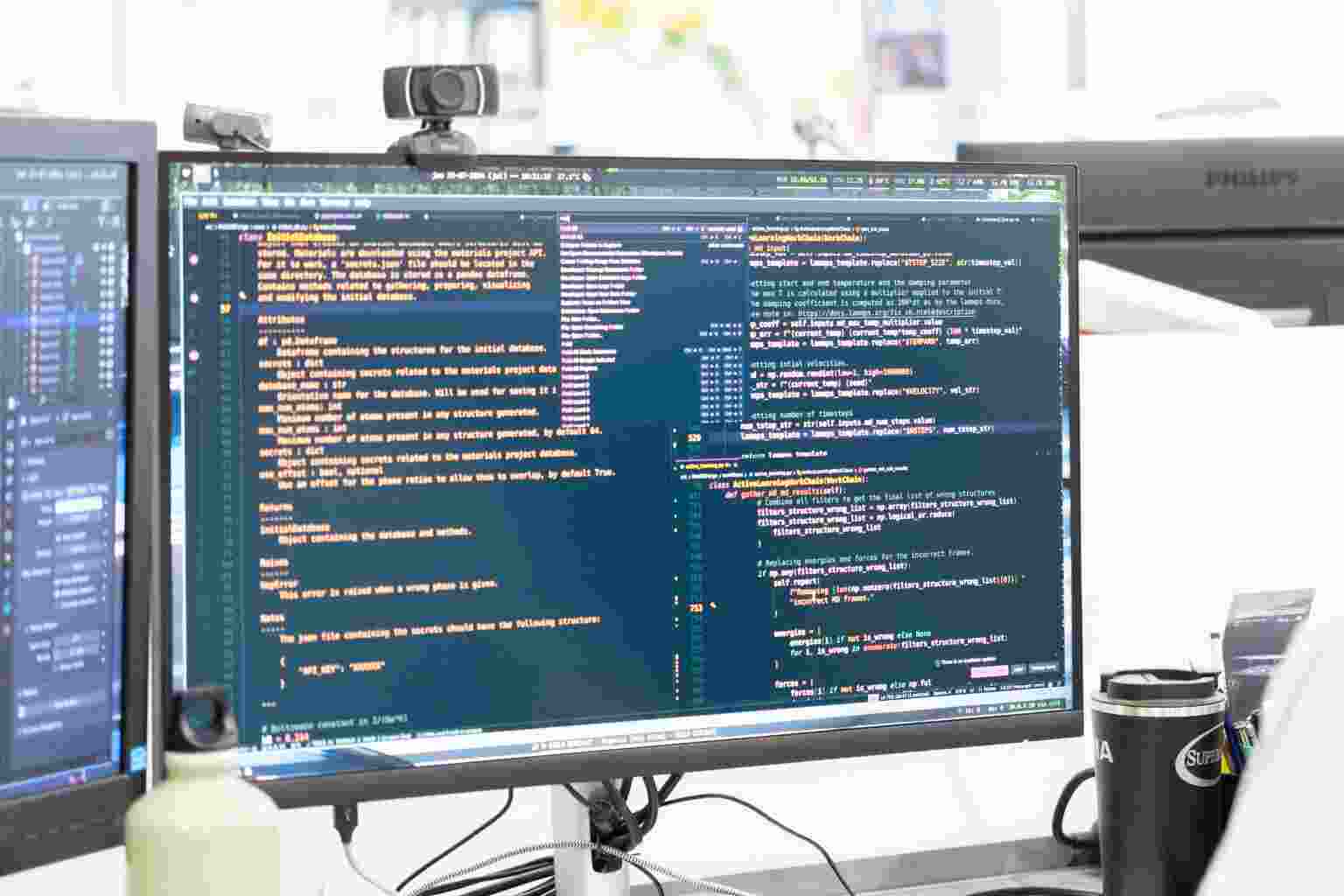THE LATEST
Advances in computational methodology are transforming predictions of nanostructures

In a remarkable advancement in the field of nanostructure research, a team of researchers from the Institute of Chemical Research of Catalonia (ICIQ-CERCA) in Spain has introduced a pioneering methodology that transforms the prediction of complex nanostructure formation. They have developed an advanced open-source software package called POMSimulator, which is set to revolutionize nanostructural exploration and analysis.
The research led by Prof. Carles Bo sheds light on the complex processes involved in the creation of polyoxometalates (POMs), nanostructures with applications in catalysis, energy storage, biology, and medicine. By employing advanced computational techniques, the team has devised innovative methods to study the chemistry of POMs in solution, uncovering the crucial speciation and formation mechanisms required for developing novel materials.
Polyoxometalates are a versatile family of nanostructures composed of transition metal atoms intricately linked by oxygen atoms. Their intricate formation, influenced by factors like pH, temperature, metal concentration, and environmental conditions, poses a challenge in controlling their synthesis. However, through the team's computational methodology, researchers can now predict how these factors interact to produce specific POM species, enhancing the efficiency and scalability of exploring various speciation models.
The significance of this predictive methodology is particularly relevant in the field of catalysis, where POMs play a crucial role in accelerating important reactions. With the help of statistical methods integrated into the POMSimulator software package, researchers can identify the optimal conditions for producing distinct POM species capable of catalyzing reactions such as CO2 fixation—an application with significant implications for environmental sustainability.
At the core of the research breakthrough is the introduction of POMSimulator, an open-source software package created by Prof. Bo's team to elucidate the formation mechanisms of polyoxometalates. By providing a public version of the software, the researchers aim to facilitate the discovery of novel POMs and promote collaboration within the scientific community. The accessibility of this software enables researchers to customize its functionalities to their specific research needs, fostering a dynamic exchange of insights and discoveries.
Jordi Buils, the first author of the research, emphasizes the transformative impact of the POMSimulator software, stating, "In the times of Big Data, Machine Learning, and Artificial Intelligence, it is crucial to use every bit of information in our hands. Our work has taken POMSimulator to the next level of data usage."
With this innovative methodology and the introduction of the POMSimulator software package, the possibilities for nanostructural prediction and exploration have expanded significantly. As the scientific community embarks on a journey of discovery and collaboration, driven by the transformative power of computational methodologies, the future of nanotechnology holds great promise and potential.
